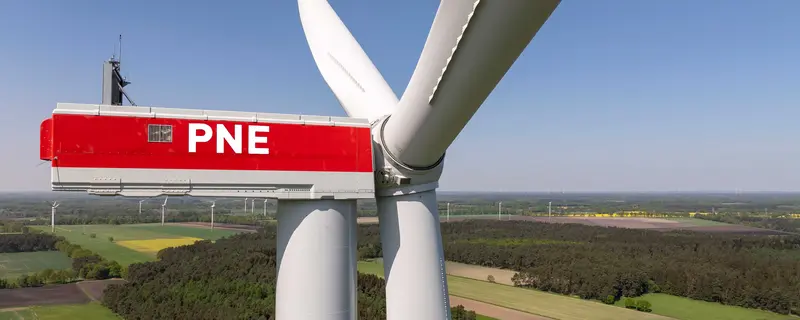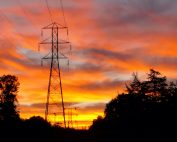Electricity grid operators play a key role in offshore wind development. The future of wind turbines in European seas depends on the work and development of the grid. German operator 50Hertz knows this very well. Marco Nix, Chief Financial Officer (CFO) of 50Hertz, responsible for the offshore business, answers BalticWind.EU questions. Read the text from the series “Key offshore wind stories 2021/2022” on BalticWind.EU.
50Hertz operates the electricity transmission system in the north and east of Germany, which it expands as needed for the energy transition. Marco Nix, Chief Financial Officer of 50Hertz, states that the operator sees ambitious growth targets for the expansion of offshore wind energy everywhere in Europe, also in the Baltic Sea region.
“This requires increasingly efficient cooperation between project developers, the supplier industry, grid operators, and authorities. The capital markets are ready to provide the necessary “green” investment”, Nix said.
He added that 50Hertz and the Elia Group are experienced players with proven track record and ready for future challenges that concern connecting large offshore wind farms to the grid.
‘At the end of 2021 we signed a cooperation agreement with Energinet. Together we will transport at least 2 GW of wind power capacity via the “Bornholm Energy Island” Offshore hub toward Germany and Denmark, to continue the good cooperation we established the worldwide first hybrid interconnector Kriegers Flak – Combined Grid Solution. Both Energinet and 50Hertz commonly agreed upon openness to extend this bilateral cooperation to other neighboring countries”, he explained.
“In addition, offshore development in the German Baltic Sea will continue. We have already laid the cables for the two wind farms Arcadis Ost 1 and Baltic Eagle at the end of 2021, and further milestones for the construction of the platforms are scheduled for this year. In addition, further grid connection projects are in the pipeline in the maritime area off the island of Rügen and off the so-called Darß-region”.
Nix explained that in the long-term, offshore hubs and next-generation hybrid wind projects could lead the way towards an increasingly growing meshed offshore grid.
“Countries could be connected through multi-purpose hybrid interconnectors that collect energy from wind farms connected in between the countries. Our german-danish hybrid-interconnector Krieger Flak – Combined Grid Solution and the upcoming Offshore Hub Bornholm Energy Island are role models for technical and economic solutions. Cooperations and institutions like Baltic Offshore Grid Initiative and Baltic Sea Offshore Wind Declaration can foster the development of a European wide offshore grid for the benefit of all states around the Baltic Sea”, Marco Nix commented for BalticWind.EU.














